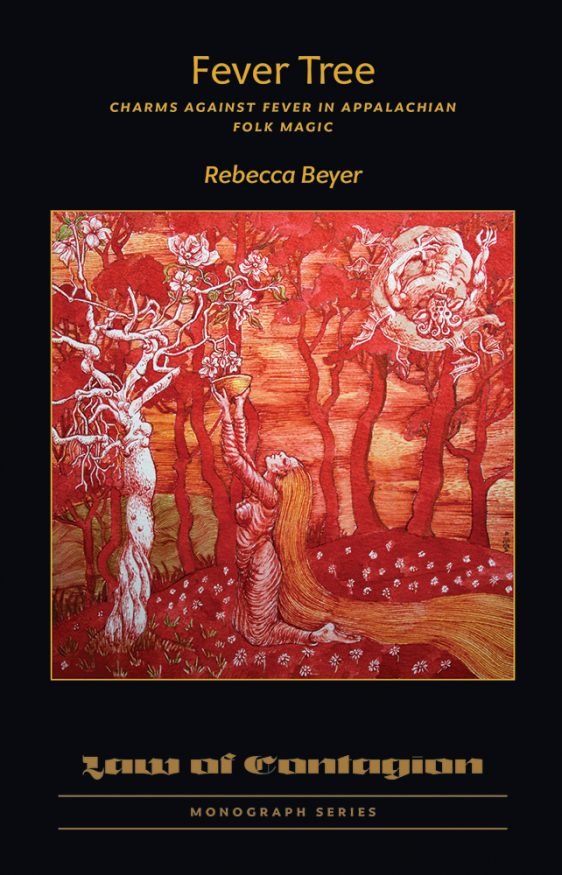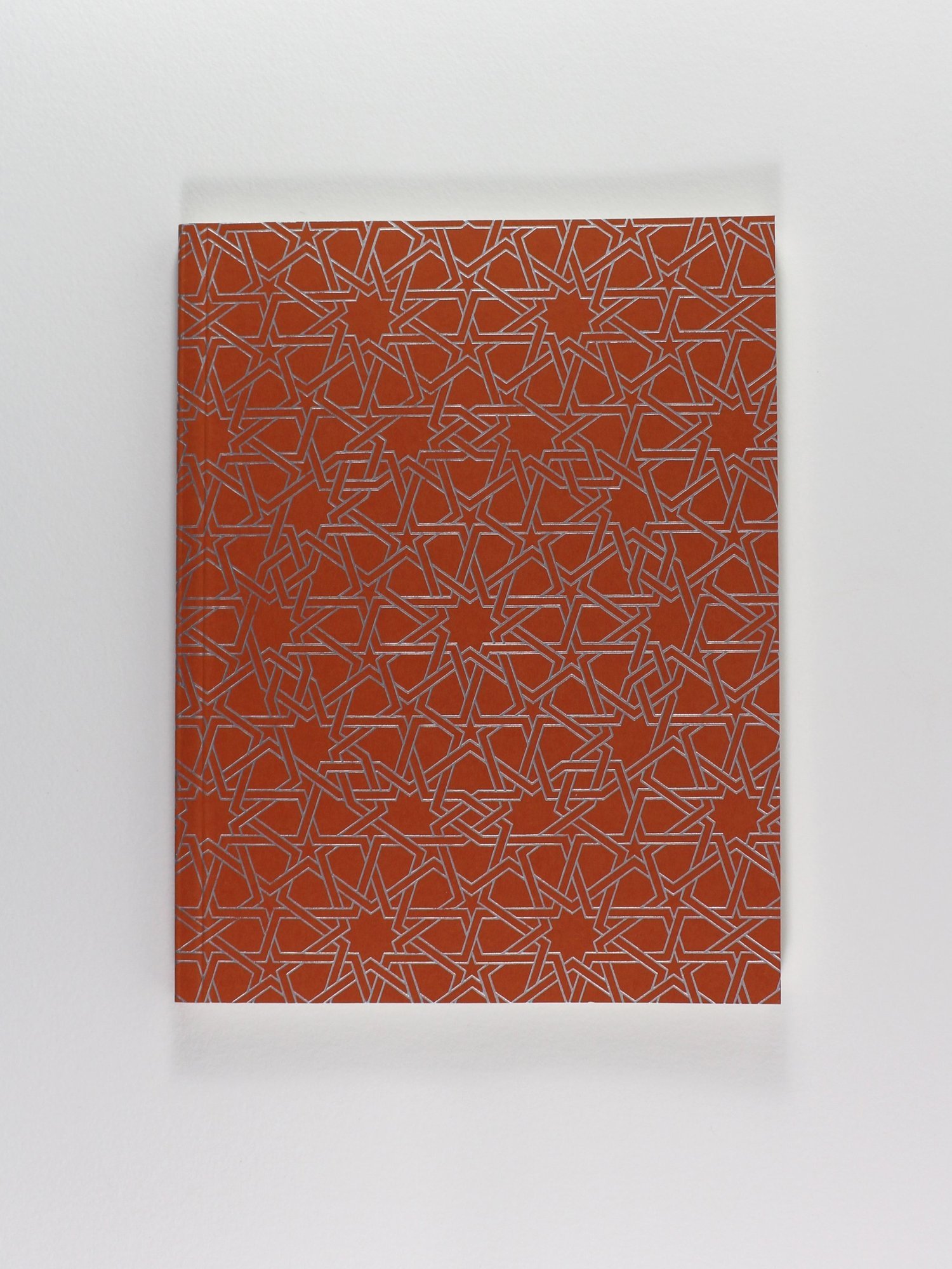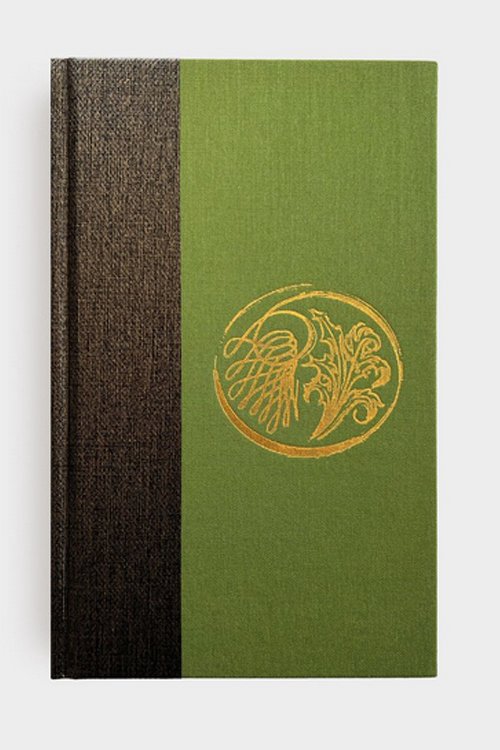
Fever Tree
Appalachia is a distinct bio-region of America with a wealth of unique plant and animal life. This biodiversity is mirrored by an equally rich human tapestry, woven over thousands of years, giving rise to distinct cultural traditions.

Oculi Occultati Tarot
The Oculi Occultati tarot is an enchanting and highly original work by Polish artist Radomił Bogusławski, comprising a complete set of 78 cards.

Jinn Sorcery
Jinn Sorcery by Rain Al-Alim is a compilation of jinn conjurations and rituals translated from rare Arabic manuscripts in the author’s private collection.

Witchcraft and Sorcery of the Balkans
With its geographic diversity of rocky edifices, deep river valleys and dense forests, Europe's Balkan mountain region has been characterized as a natural fortress. This natural multiformity is mirrored by an ancient admixture of magical beliefs and practices present in the region for thousands of years.

The Dancing Sorcerer
The Dancing Sorcerer has been a term used for the past half-century to describe the iconic figure of a 15,000-year-old work of cave art found in present-day southern France. This image, of a man dressed up in animal skins, who appears to be performing a ritual dance, has been offered up by anthropologists as an example of how the real oldest profession has always been that of the shaman, magician, or sorcerer.

In Search of the New Forest Coven
In 1954 a book was published which claimed that witches were not just some historical oddity but that the author, retired civil servant, Gerald Gardner, had been initiated into a witch coven in the New Forest, Hampshire, England in 1939.

Hagia Sophia / Sanctum of Kronos
Hagia Sophia / Sanctum of Kronos: Spiritual Dissent in an Age of Tyranny is a study of the esoteric doctrines and spiritual traditions encoded within the Hagia Sophia, as manifested in its structural and decorative design.

Mystai
The Dionysian themed frescos of Pompeii’s Villa of the Mysteries constitute the single most important theurgical narrative to have survived in the Western esoteric tradition. No other practitioner account of the ritual process for conducting a mystery rite has survived down to today.

The Game of Saturn
The Game of Saturn is the first full length, scholarly study of the enigmatic Renaissance masterwork known as the Sola-Busca tarot. It reveals the existence of a pagan liturgical and ritual tradition active amongst members of the Renaissance elite and encoded within the deck.

The Afflicted Mirror
A shared feature of genuine magical practice and religious experience is the impression of ‘Otherness’, an entic arena of alienation and unfamiliarity. Contrasted with the more comfortable and known spheres of the Self, this ‘state apart’ provides not only inspiration and wonder, it is the dwelling-place of the gods and the prime source of gnosis, direct experience with the divine.

Vestigia Ater Draconis
Vestigia Ater Draconis is comprised of a 52 stanza incantation reifying the initiatory path issued from the auspice of the sinistral horn, scribed by Peter Hamilton-Giles. Each stanza is paired with an emission of imagic intent wrought by the hand of Carolyn Hamilton-Giles.

Ritual Space and the Crooked Path Beyond Volume 2
Volume 2 of Ritual Space and the Crooked Path Beyond contends absence has a causal effect on how a ritual space is constructed.

Codex Ad Limina
Codex Ad Limina marks a further expansion of themes addressed in Volume 2 of Book of the Black Dragon. In this volume the author delves into the role the Black Bull has as a totem for the sinistral horn daemon emissary.

Ritual Space and the Crooked Path Beyond: Volume 1
The topic of ritual space is something that many of us are involved with, we may feel entrenched, or that we have succumbed to unspoken forces, we may on the other hand use it to express belonging while at the same time propitiating our sense of Otherness, and yet dynamics informing how we apprehend ritual space have for the most part gone unnoticed.

The Baron Citadel
The Baron Citadel sets out preparatory rituals leading up to the making of the Crossroads. Unlike any other working text, this grimoire also engages with introspective contours for optimising successive ambulatory steps across various stakes (points).

Book of the Black Dragon Vol. 2: The Headless One
Taking the idea of absence as discussed in previous volumes, the point for this volume focusses on the sinistral horn, this being the left horn of the Black Dragon. Returning then to similar themes mentioned in Volume 1, having already addressed the notion of the ritual ground as defined by Codex Althaeban Malik, allows the Headless One to pursue the idea of becoming detached.

Codex Althaeban Malik
Codex Althaeban Malik is perhaps considered the most complicated book in the Black Dragon series so far. It addresses three primary issues, the idea of the Proklosis Ring as the open ground, the distribution of the first sorcerer’s name upon the ground as an emblem of intent, and the extending of points by using each letter to traverse lines of intersection as a way of communicating with the shadow of ourselves Althaeban Malik.

Book of the Black Dragon Volume 1
Setting the stage for the Black Dragon began by discussing the context in which the Black Dragon is encountered. Using the same schema as the one used in the Dragon Book of Essex, the written word moves across ‘power’ points or crossroads, these being body parts of the Black Dragon.

Standing at the Crossroads
Truth is based on censoring that which might undermine alternative rationales, and so it is with how the existential witch has been accommodated by practitioners as the icon for folk based practices.

The Witching-Other
To propose there is something ‘other’ to the witch might seem counter-intuitive, especially so since conjugating the witch into witching suggests particular agentive actions and decisions have already been made about the topic.
